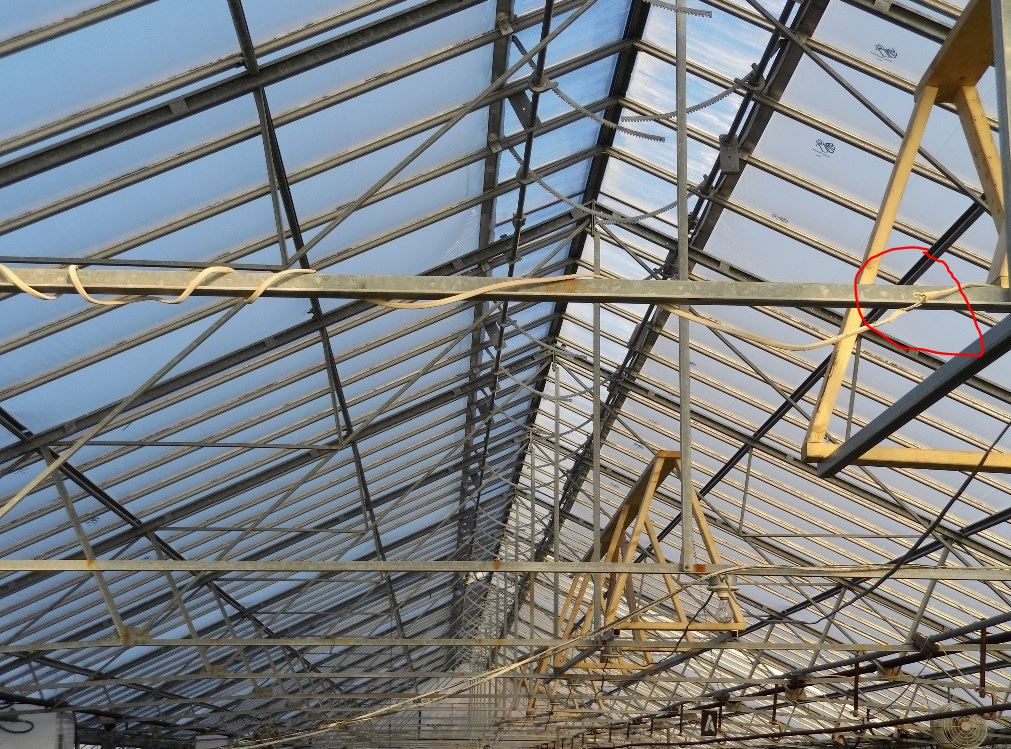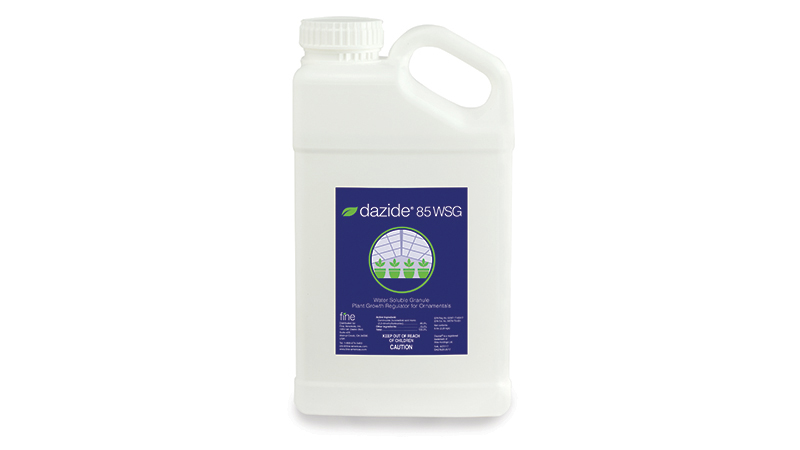3 Greenhouse Risk and Insurance Trends to Watch in 2022
 Over the past 12 months, we’ve seen changes to consumer preferences, material costs, and the overall supply chain. If your greenhouse business is like others, these factors all influenced how you did business in the past year.
Over the past 12 months, we’ve seen changes to consumer preferences, material costs, and the overall supply chain. If your greenhouse business is like others, these factors all influenced how you did business in the past year.
As we head into 2022, greenhouse growers will continue to see their businesses evolve and adapt much like they do every year. However, the horticulture industry moves at a fast pace, and it can be difficult to keep up with changes. To help your business stay one step ahead, I’ve gathered the risk and insurance trends our team at Hortica is watching in the upcoming year.
Business Interruptions Take Focus
Supply chain challenges were a focal point of 2021. Many horticulture businesses saw product shortages and building delays. Unfortunately, fixing the supply chain will take time, and the effects from this past year could carry over into 2022. While supply chain issues have the potential to impact several horticulture operations, one challenge stands out in particular: business interruptions.
If an event like a storm or fire damages your greenhouse’s property, it could disrupt operations and prolong your business’s downtime. In fact, if you face significant repairs during a material shortage, it could nearly double the amount of time to get your business up and running again.
You can’t always stop unexpected events from happening, but you can try to protect your business ahead of time. Fortunately, business interruption insurance can help cover additional expenses to keep your operations running and help supplement lost income if your business is disrupted.
As you plan for the upcoming year, talk with your insurer to confirm that your greenhouse operation has an adequate amount of business interruption coverage. A few adjustments to your coverage now could prove invaluable in protecting your business and employees in case of a longer recovery period.
Property Valuations Rise With Inflation
Supply chain challenges are just one of several trends affecting greenhouses. We’re also seeing building supply costs rise due to inflation. When these costs rise, the valuation of your existing structures—and therefore their replacement costs — also increase.
As a business owner, you don’t want to risk being underinsured if you face a claim. You want your insurance to cover the true value of your property in the event of an incident.
A good way to stay ahead of this trend is by determining the value of your property. Your insurer can work with you to evaluate — or reassess — the appropriate value of your buildings and property. By having an accurate assessment of your property, you can remain confident that you’ll receive the proper settlement to cover repairs or rebuilding costs for a covered loss.
Cyber Risks Become a Growing Reality
The final trend we’re watching closely is cyber risk, and it’s one that has made headlines in nearly every industry this past year. The Identity Theft Research Center (ITRC) recently reported a 17% increase in U.S. business data breaches through the first three quarters of 2021 compared to 2020.
As your greenhouse, nursery, or garden center relies more on technology, its online vulnerabilities increase. Consider the payment information, customer accounts, and inventory data you store. If a hacker gained access to confidential data or held it for ransom, it could severely compromise — and even halt — your operations.
Fortunately, you can take steps like backing up critical data, training employees, and implementing strong authorization protocols to protect your business’s information. You can also add an extra layer of protection to your business by incorporating cyber liability insurance into your policy. If you purchase cyber insurance, your carrier should also provide you with safety resources and guidance to help protect your business moving forward.
The Takeaway
The risk and insurance trends I’ve covered above are meant to give you a head start in the upcoming year, but they shouldn’t replace the advice of your insurer or local experts. Each business comes with its own unique set of risks, and your greenhouse is no different.
You provide a variety of plants and services that your customers love. Don’t let an unforeseen risk affect that. Protect your passion and your business by staying vigilant and proactively managing your risks.
Stay safe, and please reach out if you have any questions.









